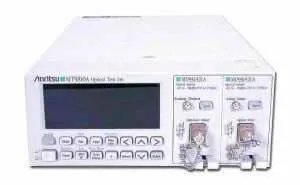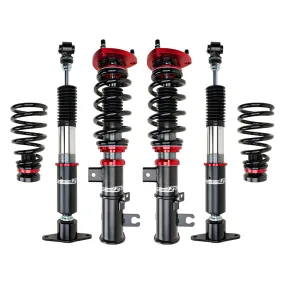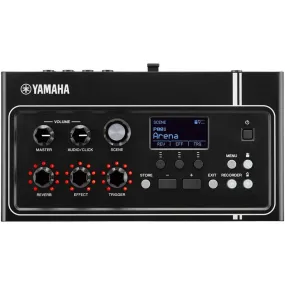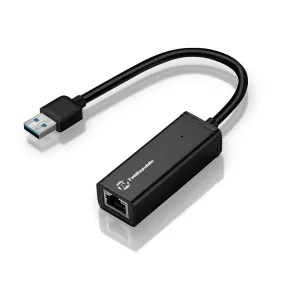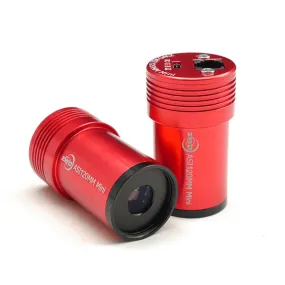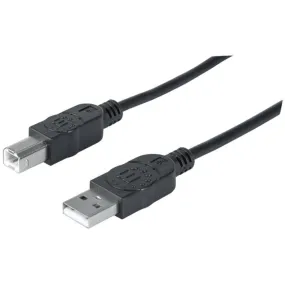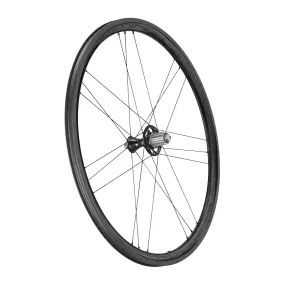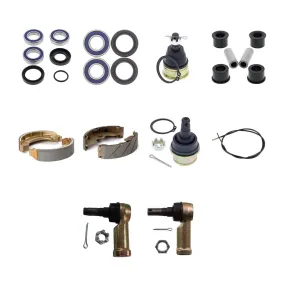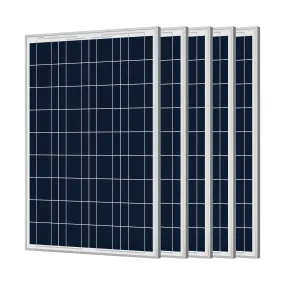Product Details
+
Additional Features:
-
Wide Dynamic Range
Optical loss of up to 120 dB can be measured using the high output ( 10 dBm) light sources and the high sensitivity (-110 dBm min.) sensors. -
High Output, High Stability DFB-LD Light Sources
The DFB-LD light sources have a high output of 10 dBm while achieving a stability of better than < ±0.005 dB and a centre optical frequency stability of better than < ± 2 GHz, facilitating high-stability and high reliability measurement. -
Conforms to ITU-T Wavelength Grid
A complete line up of DFB-LD light sources for optical frequencies meeting the ITU-T recommendations for Dense WDM (DWDM) networks (191.7 to 195.9 THz at 100 GHz interval) is available. -
High Accuracy Optical Power Measurement
Under reference conditions, the optical power measurement uncertainty is < ±2%, and under actual operating conditions, it is < ±3.5% with a linearity of better than < ±0.01 dB. These excellent specifications permit measurement of optical power with high accuracy and repeatability. -
Sensors with High Return Loss and Low Polarisation Dependency
Even without a reflection / suppression adapter, the sensor return loss and polarisation dependency are 40 dB min., and 0.02 dB max. respectively, making them ideal for evaluating devices and systems that use optical amplifier. -
High Speed Analog Output
The optical sensors have a maximum bandwidth of 100 kHz (approx. 3 dB), permitting measurement of optical power variations with a response speed of approx. 10 ms. -
High Speed Analog Output
The optical sensors have a maximum bandwidth of 100 kHz (approx. 3 dB), permitting measurement of optical power variations with a response speed of approx. 10 ms. -
GPIB and RS-232C I/F
Since GPIB and RS-232C interfaces are standard, measurement can be controlled from a remote PC. In addition, the LabVIEW ® software driver bundle makes it easy to configure a remote measurement system. -
Variable Optical Power Measurement Interval and Bandwidth
The centre optical frequency of the DFB-LDs can be varied in a range of < 60 GHz (approx. < 0.5 nm). Moreover, it can be displayed in frequency and wavelength units [lambda (m) = c (m/s)/f (Hz), where c is the velocity of light in a vacuum (2.99792 x 108 m/s)].




